The Difference Between Patrol Gear and Tactical Gear
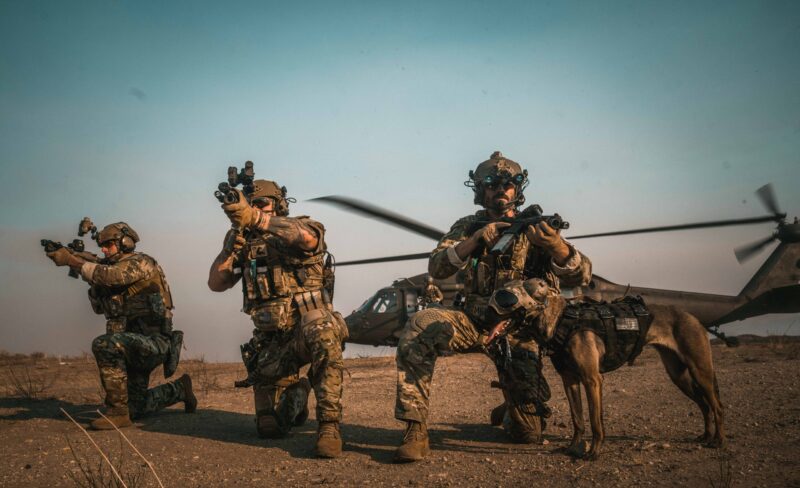
Both “patrol gear” and “tactical gear” are commonly used interchangeably in law enforcement, the military, and security circles. Both describe the gear and equipment that safeguard and support officers daily, but they differ in use and are used for different purposes. It is essential to understand the key differences between patrol gear and tactical gear, ensuring that law enforcement and security officers are properly equipped for specific situations.
What is Patrol Gear?
Patrol equipment refers to the gear that law enforcement officers use during daily patrols, typically for routine law enforcement activities such as traffic stops, searches, or general crime prevention. Patrol officers require gear that is comfortable, durable, and multifunctional, as they spend extended periods walking or in their vehicles, accomplishing a wide range of tasks. Here, the focus is laid on readiness, accessibility, and effectiveness over fighting or high-risk missions.
Most Important Patrol Equipment Features
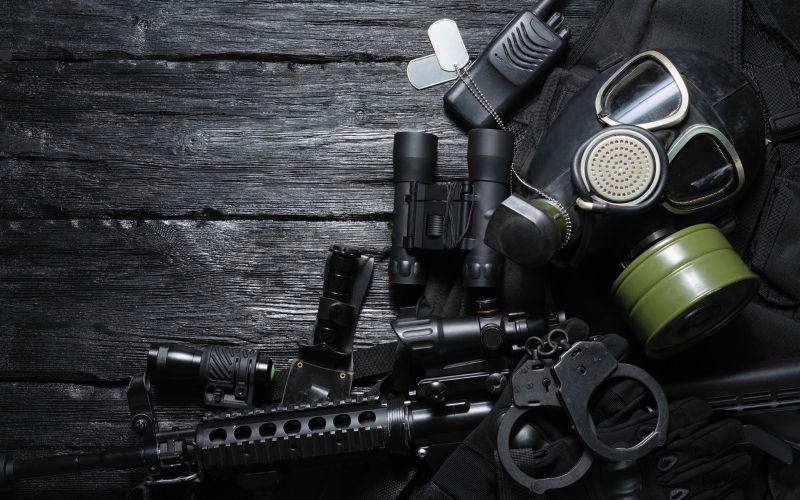
Patrol gear is designed for comfort, durability, and easy access to essential tools during routine tasks. Key features include:
Comfort and Accessibility
Because patrol officers spend extended periods in their environments, comfort is crucial. Patrol equipment is designed to be lightweight and ergonomic, providing the necessary protection without compromising mobility. Most patrol officers carry duty belts holding essential tools and weapons, including handcuffs, radios, flashlights, and sidearms.
Durability
Patrol equipment should be durable to withstand the daily wear and tear of a law enforcement officer’s work routine. Holsters, pouches, and gear bags are often made of reinforced nylon or leather because these materials can bear the demands of the job.
Standard Equipment
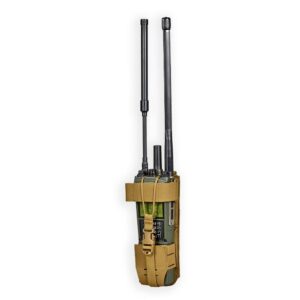
Some of the most frequently used patrol equipment items are:
- Duty belt with weapon and equipment holsters
- Radio and communication equipment
- Night flashlights
- Handcuffs for detaining suspects
- Protective vests (occasionally lighter and more flexible than tactical vests)
- Self-defense baton
- Body cameras, gloves, and non-lethal devices such as pepper spray
Emphasis on Visibility
Patrol officers are generally very visible in their neighborhoods, and their equipment mirrors that. Gear such as reflective vests, insignia, and uniforms, which make them easily recognizable to the public and other police officers, is standard patrol equipment.
What is Tactical Gear?
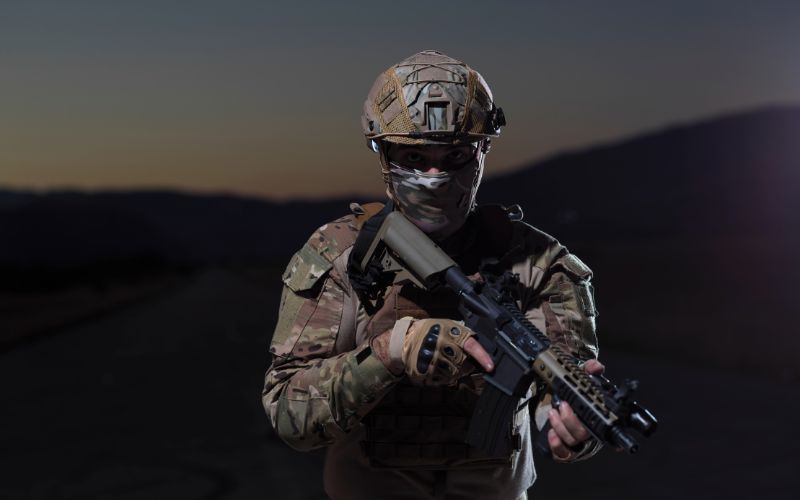
Tactical equipment, however, is geared towards high-risk operations involving specialized equipment, such as SWAT missions, hostage resolution operations, counter-terrorism operations, or any scenario where officers are exposed to greater levels of danger. Tactical equipment is designed to provide optimum protection, accommodate advanced weaponry, and enable rapid response to potentially lethal threats. Officers who are issued tactical equipment are often placed in dangerous, high-risk situations that require precision, control, and preparedness.
Main Attributes of Tactical Equipment
Tactical gear is designed to provide maximum protection and versatility in high-risk scenarios. Essential features include:
Protection and Defense
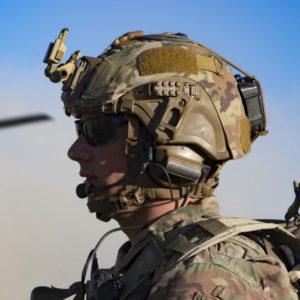
The purpose of tactical gear is to give optimal protection, especially against ballistic threats. Tactical vests, for example, tend to be heavier and stronger than patrol vests, offering a greater degree of protection from gunfire or sharp objects. Moreover, tactical helmets and face shields are usually worn during tactical operations to ensure additional safety.
Customization and Flexibility
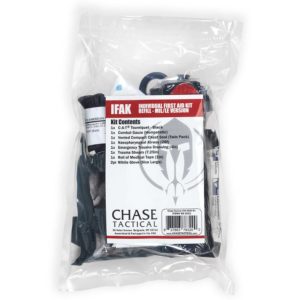
The most appealing aspect of tactical gear is its customization options. Tactical vests, for instance, feature MOLLE webbing, which allows officers to tailor their configuration by attaching pouches, magazines, and other specialized equipment to meet their specific mission requirements. That way, they have everything from first-aid kits to surplus ammunition within ready accessibility.
Advanced Weapons and Tools
Tactical equipment is equipped to support advanced tools and weapons that are not included in standard patrol equipment. These include:
- Rifles and specialized firearms with specialized holsters
- Ammunition pouches specifically designed for speedy access
- Night-vision goggles for low-light operations
- Body armor with increased protection capacity (Level III or Level IV)
Specialized Communication Gear
Because tactical groups frequently find themselves in high-stress situations, open communication is crucial. Tactical equipment often features sophisticated communication systems, including earpieces and noise-canceling tactical radios, to ensure clear communication in noisy or chaotic environments.
Stealth and Camouflage
Unlike patrol equipment, which is more highly visible for identification purposes, tactical equipment commonly features camouflage or muted colors (e.g., black, olive drab, or tan) to enable officers to conceal themselves in their work environment when conducting clandestine or high-risk operations.
The Main Differences Between Patrol Gear and Tactical Gear
While both patrol gear and tactical gear serve critical functions in law enforcement and security operations, the distinction between them lies in their intended purpose, design, and level of protection.
| Feature | Patrol Gear | Tactical Gear |
| Purpose | Every day, law enforcement tasks | High-risk or specialized missions |
| Protection Level | Standard protection (e.g., soft armor) | Advanced protection (e.g., ballistic armor) |
| Comfort | Focus on comfort and mobility | Focus on durability and protection |
| Modularity | Limited customization | Highly customizable (e.g., MOLLE system) |
| Visibility | Highly visible to the public | Often designed for stealth (e.g., camo) |
| Equipment | Basic tools like radios, handcuffs, flashlights | Advanced tools, rifles, and night-vision goggles |
| Examples of Usage | Routine patrols, traffic stops, and community policing | SWAT operations, hostage rescues, counter-terrorism |
When to Use Patrol Gear vs. Tactical Gear
The choice of whether to use patrol gear or tactical gear will depend primarily on the nature of the situation. These are some situations under which each of these types of gear is best suited:
Patrol Gear
- Routine patrol duties
- Traffic patrol
- General crime prevention
- Public contact in non-hostile settings
Tactical Gear
- High-risk operations (SWAT, hostage rescue)
- Armed or violent suspects/criminals
- Search and rescue operations in hostile environments
- Terrorism threats or counter-terrorism operations
While patrol equipment is best suited for officers handling routine and non-violent matters, tactical equipment is essential for those who must deal with life-threatening situations. Both pieces of equipment are necessary for law enforcement units, enabling their officers to perform their duties safely and effectively.
Conclusion
In summary, while both tactical gear and patrol gear play significant roles in security and law enforcement, they are created with different intentions. Patrol gear is designed for ease of use, convenience, and flexibility to suit regular duties and day-to-day encounters. Tactical gear focuses more on protection, personalization, and sophisticated tools for high-risk, specialized work.
Frequently Asked Questions
What kind of gear should an officer wear while patrolling routinely?
When patrolling routinely, officers typically wear patrol equipment, including a duty belt and holsters, a radio, handcuffs, a flashlight, and a protective vest. This equipment is worn for both comfort and easy access, as the officer is likely to perform a wide range of tasks throughout their shift.
When is tactical gear appropriate for law enforcement?
Tactical equipment is crucial in high-risk environments, including SWAT missions, hostage rescue operations, and counter-terrorism missions. It offers enhanced protection and features specialized equipment, including rifles, night-vision goggles, and body armor, to manage life-threatening situations.
